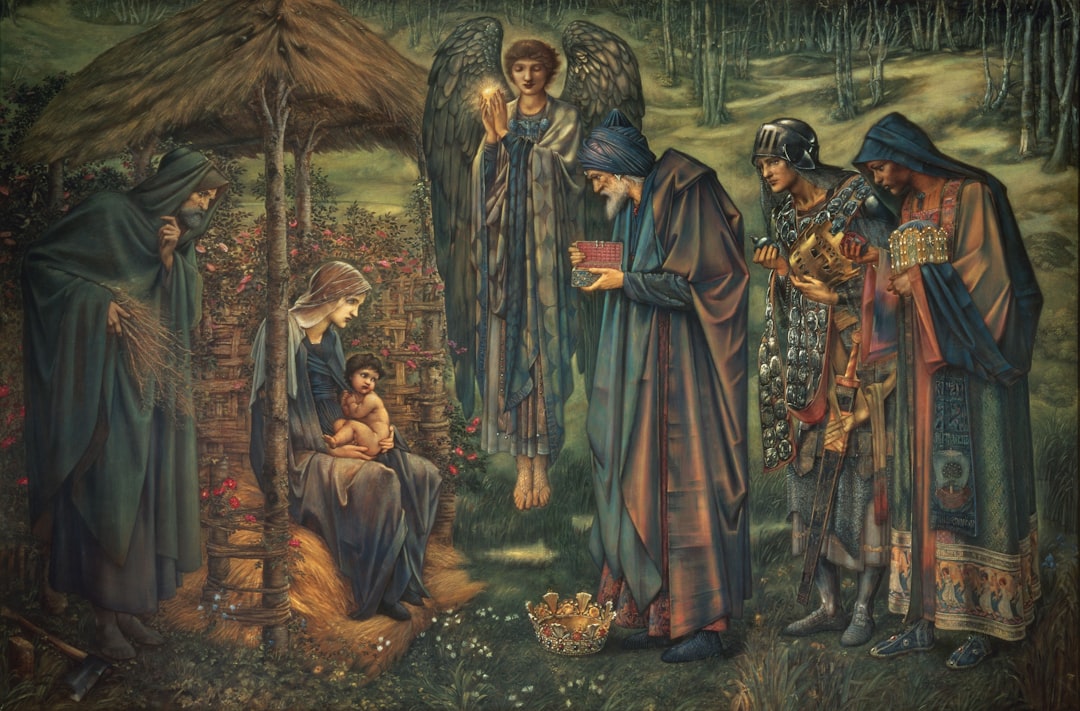What is it about?
Largely neglected today, the work of Karl Philipp Moritz was a highly influential source for Early German Romanticism. Moritz considered the form of myth as essential to the absolute nature of the divine subject. This defence was based upon his aesthetic theory, which held that beautiful art was “disinterested”, or complete in itself. For Moritz, Myth, like art, constitutes a totality providing an idiom free from restriction in the imitation of the divine. This examination offers a consideration of Moritz’s aesthetics and mythography, before turning briefly to consider his influence on the authors of Early German Romanticism. An understanding of the role of Moritz’s thought supports a number of recent claims (Frank, Beiser, Bowie) that challenge the conventional reading of Romanticism. At the same time it allows us to see Romanticism’s unconventional realist theological programme, permitting us to overcome the problematic secularising readings of the movement.
Featured Image
Why is it important?
This article should prove useful to anyone looking into Romantic ideas of myth and religion, Romantic aesthetics, or the nineteenth century use of Platonic philosophy.
Read the Original
This page is a summary of: The Aesthetic Foundations of Romantic Mythology: Karl Philipp Moritz, Journal for the History of Modern Theology / Zeitschrift für Neuere Theologiegeschichte, January 2013, De Gruyter,
DOI: 10.1515/znth-2014-0003.
You can read the full text:
Contributors
The following have contributed to this page










